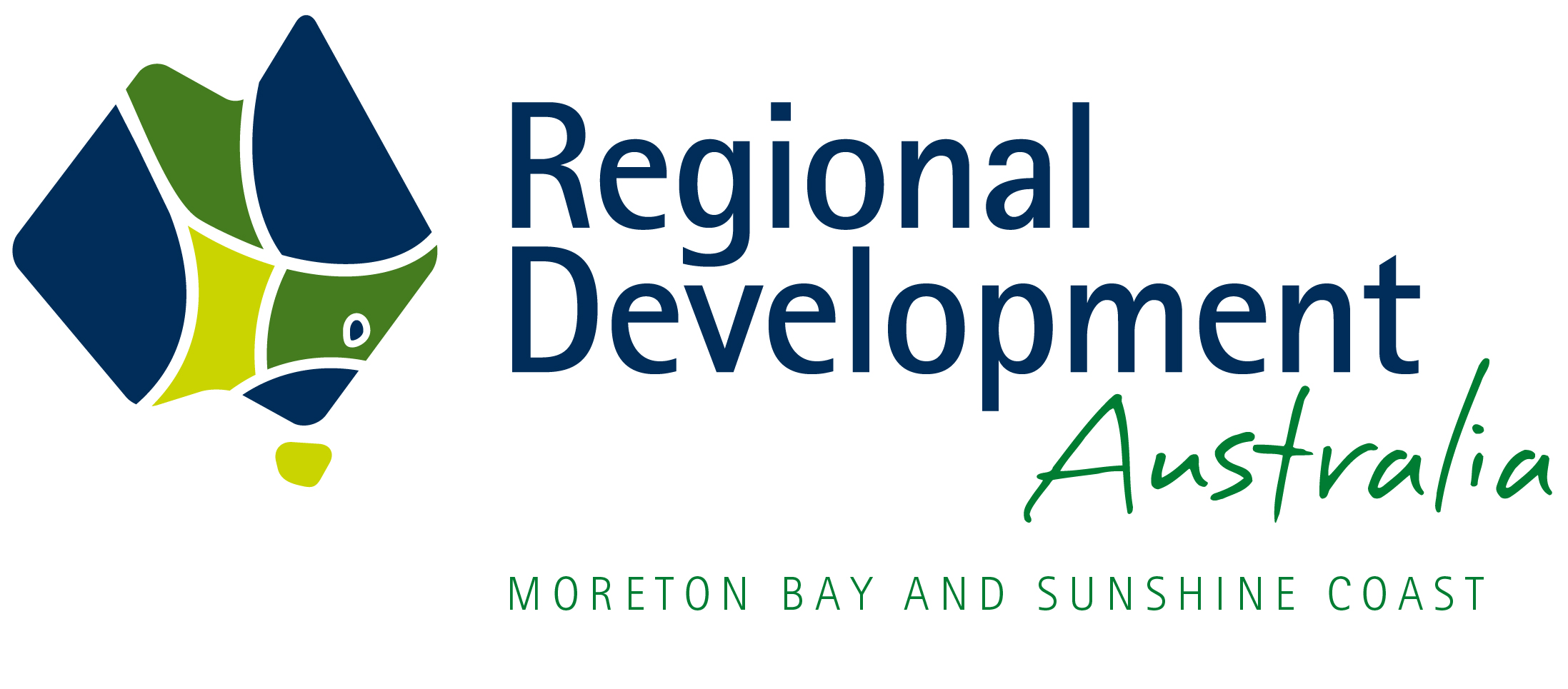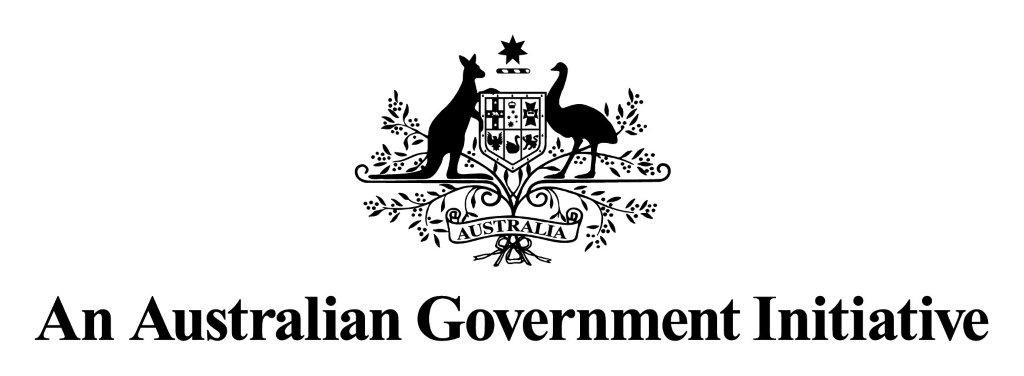Regional Development Australia Fund
This is a new era in the history of regional development in Australia. Under the Gillard Government, the opportunity to unlock the potential of our regions has never been greater or more important.
As Australia’s regions come to realise their full potential, through building on diversity and lifting productivity, so too will living standards rise and prosperity increase.
Unlike the fixed boundaries that subdivide the Australian continent into six states and two territories, the boundaries of Australia’s regions are not fixed. Instead, regions are defined by a shared sense of place and a common purpose or destiny.
Australia’s regions are diverse which means that a top-down, one-size-fits-all approach to sustainable regional development cannot succeed. Our regions range from remote regions, to growing coastal sea-change and tree-change regions. They include the non-metropolitan urban centres in rural Australia and the fringes of our major capital cities that are absorbing our growing population. In recognition of this diversity, Australia’s regions and their communities within them, must be able to take the central role in shaping their future, building on their capability and potential.
To support this role we will actively engage with Australia’s regions.
We will also increase the resources available to Australia’s regions. The challenge we face is to channel these resources in such a way that Australia’s regions are able to harness the contributions from all levels of government, and the contributions from within their communities and businesses, to make a difference.
As the Minister with responsibility for Regional Australia, Regional Development and Local Government, I will be working to ensure that the Australian Government effectively targets investments in regions and across regions, particularly in the areas of health, education, skills, communications, infrastructure, water and climate change.
Through our network of Regional Development Australia (RDA) organisations we are supporting the coming together of key stakeholders in Australia’s regions to determine how best they can work together to strengthen their region. The resulting Regional Plans and Roadmaps prepared with stakeholders by the RDAs are critical to ensuring the regional investments we make today will have a lasting impact into the future.
The task ahead is made more difficult in those regions that, over the summer, have been impacted by the floods – the biggest natural disaster in our history, followed by the devastating impact of Cyclone Yasi and bushfires in the West. Lives have been lost. Destruction inflicted on communities.
While I have been struck by the terrible damage in the regions I have visited around Australia, I have been inspired by the resilience of local communities and the determination to rebuild.
The involvement of RDAs is central to the natural disaster recovery and reconstruction task, including rebuilding to a higher standard and reforming planning regimes. Both these actions will improve our preparedness to meet future disasters and improve the resilience of the infrastructure in our regions.
Through the RDAs and national partnerships, we will involve all levels of government, the private sector including the insurance industry, small business and primary producers. This is how we will build the resilience in our regions – a legacy from this tragedy.
The Australian Government’s new Regional Development Australia Fund (RDAF) will inject close to $1 billion in funds (with some of the funds subject to the passage of the Minerals Resource Rent Tax), over and above substantial funding being directed to disaster-declared regions under national partnership arrangements.
This flagship program will support regional infrastructure projects which will significantly improve economic and social outcomes and build on unique regional capabilities, capacity and potential.
Infrastructure projects could include economic, social or community infrastructure which will expand the development and growth of regional economies.
To be considered for funding projects will need to leverage investment in local and regional communities and could facilitate the construction of community supported infrastructure. Further, projects could sustain and increase the economic output of local and regional economies, increase social capital, amenity or liveability of the community and assist communities to respond to change.
Sustained, collaborative effort is needed to support regional productivity and to strengthen and empower Australia’s regional communities into the future.
It requires not only the resources of government, but the determination, creativity and innovation from regions themselves to achieve their regional vision.
These Guidelines detail how the Government plans to manage the RDAF to ensure this program best meets its objective of sustaining and growing regions.
I look forward to working with Australia’s regions in this endeavour and in securing and developing their potential.
Simon Crean
Minister for Regional Minister for Regional Australia, Regional Development and Local Government


